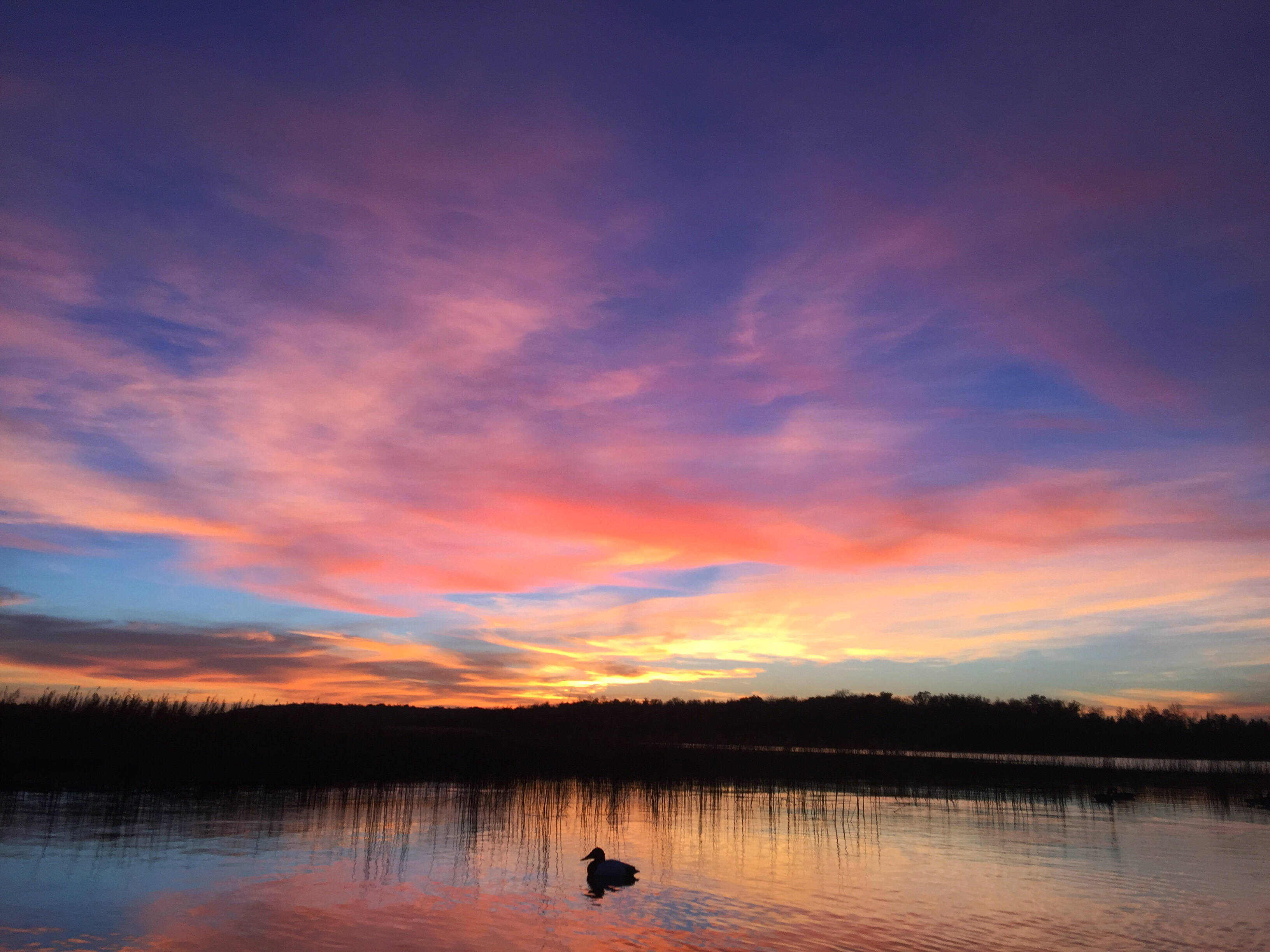We learned the allure in the first part of this series with What of Divers. Now let’s continue with their intrigue and what they can add to the table (pun intended).
Aside from opening weekend dabbler decoy spread, I typically deploy at least a dozen divers to a spread. Why? Well, for a few reasons:
– Visibility: Black and white blocks have a much better contrast with any water surface than grey, mallard blocks.
– Variety: A spread that includes divers looks different than the standard mallard spread that 90% of most duck hunters put out. That variance could be just the ticket to woo in weary ducks from thinking hunters are present.
– Limit: A hunter’s favorite word! Who doesn’t want to shoot a limit of birds? Most of us hunt public land, so the odds are already stacked against you for reaching it. Why not give yourself a greater opportunity to fill out for the day (in Minnesota our daily bag limit is six ducks where only four of the six can be mallards)?
For these reasons, it pains me when I’m discouraged not to. Most hunters think mallards don’t land in other decoys. Funny thing is that the one of the most successful mallard shoots I’ve ever had was over a super spread of divers.
And why wouldn’t they suck in to the spread? Divers will swim deep for goodies that mallards will pick off when the bird comes to the surface – I spied four mallards in that frenzy…you may see more! On the flip side, it’s rare, in my experience, to see divers land in a mallard spread; they may buzz by for you to pull off a passing shot but good luck ever sucking one in to commit.
On that note, during the heart of this past season, my old man asked me to join him and a high school buddy of his on a dabbler hunt. The night before we strategized about our spread while looking at an aerial of the lake and forecasted wind conditions…
“You sure I can’t toss out a dozen divers, pops?”
“No, this is a dabbler lake. All I saw last week when I went out were mallards, pintails, shovelers, wigeon and gadwall. Absolutely no divers.”
“You sure???”
“Yeah, trust me.”
“What if I tossed out just one lucky buffie (bufflehead)?”
“No, we don’t need any of that…”
Fast forward to the hunt and we saw the flights of dabblers. Sprinkled in, though, were some divers – of which, none gave us even a batting eye.
“Heh, there aren’t any divers out here. Those must all be wigeon on NOS!” I chimed after the fifth flock seen that morning. We did shoot some wigeon, a couple gadwalls, mallards, and a kicker goose – none of which had NOS afterburners equipped on their wings, though (if you didn’t catch that no divers were shot to help fill the bag). The next week we went to the same spot. This time, however, I snuck in a dozen divers in the spread when no one was looking during the dark hour before shooting light. When the sun rose, some of the guys questioned my sanity.
They didn’t when we shot our daily limit of mallards and daily limit of birds (remember, in Minnesota the daily limit per person is 6 ducks where no more than 4 can be mallards). Aside from the redheads and bonus hooded merganser we shot, the remainder of the birds we bagged were dabblers. Go figure, huh?

Peculiar as it is, even if they’re not of the same feather, “Ducks Fly Together!” Any duck hunter that has any semblance of aptitude with duck identification will vouch for that. Mallards fly with green-winged teal. Gadwalls fly with wigeon. Redheads fly with bluebills. Even more goofy is seeing ringers with mallards and blue wings with geese. As odd as it is, it’s natural – hell, in the waterfowl world, brood parasitism (ducks laying some of their eggs in other duck species’s nests) is quite common. Why can’t it be with your decoy spread?
The saga takes a surprising twist as it concludes in my next post “Duck, Duck, Duck, JACKPOT!”…
